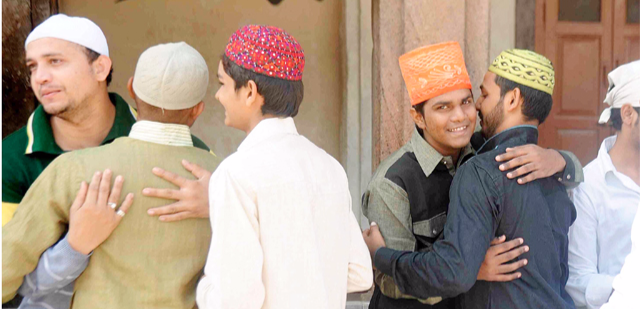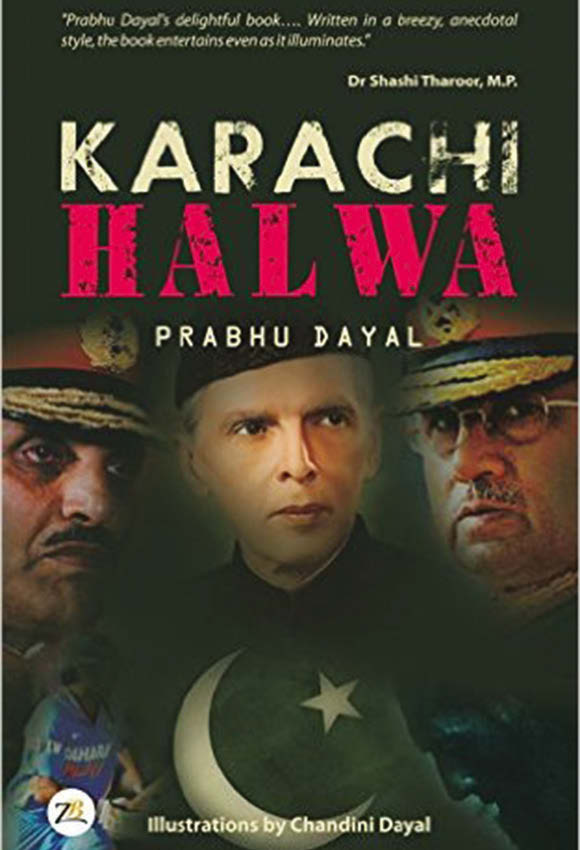
Muslims in India have the highest share of children and teenagers (0-19 age group) among all religions, at 47%, compared to 40% for Hindus and just 29% among Jains, according to new Census 2011 data released on Tuesday.If all communities are taken together, around 41% of the country’s population is below 20 years old and nine percent above 60 years, leaving 50% in the intervening 20-59 age group.
Overall, life cycles of different religious communities in India have shown common trends of declining proportion of children and increasing shares of elderly while also showing marked differences in average life span.
The share of the young population has declined since the previous census in 2001 when it was 45% for the whole country, 44% for Hindus, 52% for Muslims and 35% for Jains. This is a reflection of across-the-board declines in fertility rates – number of children born – leading to a slowing down of the respective population growth rates. The decline is the least for Hindus and highest for Buddhists and Christians, at seven percentage points, followed by Sikhs and Jains at six percentage points.
At the other end of the life cycle, the proportion of elderly has risen across all communities as life spans have generally increased. The elderly, 60 years and above, make up about nine percent of the country’s population.
Across religious communities, there is considerable variation in the share of the elderly population, which can be directly linked to economic status and access to healthcare. In the Muslim community, just 6.4% of the population is over 60 years, almost 50% lower than the national average. In 2001, this share was 5.8%, indicating only a marginal increase.
Among Jains, and Sikhs, the share of elderly is 12%, over 30% more than the national average. These shares are more also because the younger generation’s numbers are less.
The Hindu community is close to all national averages because they make up nearly 80% of the country’s population.
Age-wise population shares reveal another important aspect of the lives of people – dependency. Both children and the elderly are dependent on the able and adult population. Overall, the young dependency ratio – number of children aged up to 15 dependent on every 1,000 members of the working age population – has declined from 621 in 2001 to 510 in 2011. This is a direct consequence of declining number of children.
At the other end of life, the old dependency ratio has increased from 131 in 2001 to 142 in 2011, in accord with the growing elderly population.
If we add up both young and old, in 2001, 752 people were dependent on every 1,000 persons in the working age population of 15 to 59 years. Compared to that, in 2011, this ratio has come down to 652.
Across religious communities, Muslims have the highest total dependency ratio of 748 compared to the lowest ratio for Jains which is just 498. For Hindus, the ratio is 640. All these ratios have declined since 2001.





Be the first to comment